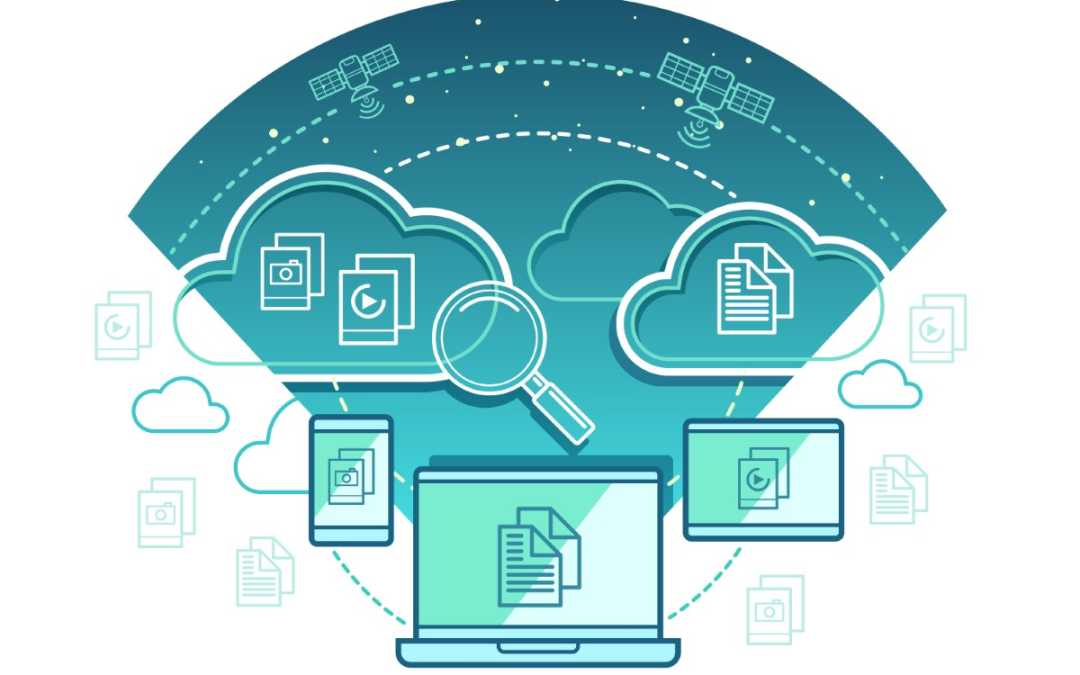Best Practices for Securing Your Cloud Infrastructure
In today’s digital landscape, cloud computing has become an integral part of business operations. However, with the convenience of cloud services comes the responsibility of ensuring that your cloud infrastructure is secure. Cyber threats are evolving, and organizations must adopt best practices to protect their sensitive data and applications. This guide outlines essential strategies for securing your cloud infrastructure effectively.
Understanding Cloud Security
Cloud security refers to the policies, technologies, and controls that protect cloud data, applications, and infrastructure from threats. It encompasses various aspects, including data protection, identity management, and compliance with regulations. Implementing robust security measures is crucial to safeguarding your organization against data breaches, unauthorized access, and other cyber threats.
1. Choose a Reliable Cloud Service Provider
Selecting the right cloud service provider (CSP) is the first step in securing your cloud infrastructure. Look for providers that offer:
- Strong Security Certifications: Ensure the CSP complies with industry standards such as ISO 27001, SOC 2, and GDPR.
- Data Encryption: Verify that the provider offers encryption for data at rest and in transit.
- Robust Access Controls: Check for features like multi-factor authentication (MFA) and role-based access control (RBAC).
2. Implement Strong Identity and Access Management (IAM)
Identity and Access Management (IAM) is critical for controlling who can access your cloud resources. Here are some best practices:
- Use Multi-Factor Authentication (MFA): MFA adds an extra layer of security by requiring users to provide two or more verification factors.
- Regularly Review Access Permissions: Conduct periodic audits of user access rights to ensure that only authorized personnel have access to sensitive data.
- Implement Least Privilege Principle: Grant users the minimum level of access necessary to perform their job functions.
3. Encrypt Your Data
Data encryption is one of the most effective ways to protect sensitive information stored in the cloud. Here are some key points to consider:
– Encryption at Rest: Ensure that data stored in the cloud is encrypted. This means that even if an unauthorized user gains access to the storage, they cannot read the data without the encryption key.
– Encryption in Transit: Use secure protocols such as HTTPS and TLS to encrypt data being transmitted between your on-premises environment and the cloud.
– Key Management: Implement a robust key management strategy to control access to encryption keys. Consider using hardware security modules (HSMs) for added security.
4. Regularly Update and Patch Systems
Keeping your cloud infrastructure up to date is essential for security. Regularly applying updates and patches helps protect against vulnerabilities that cybercriminals may exploit. Here are some tips:
– Automate Updates: Use automation tools to ensure that your cloud services and applications are updated regularly without manual intervention.
– Monitor Vulnerabilities: Utilize vulnerability scanning tools to identify and remediate security weaknesses in your cloud environment.
5. Monitor and Log Activities
Continuous monitoring of your cloud infrastructure is vital for detecting and responding to security incidents. Implement the following practices:
– Enable Logging: Activate logging features to track user activities, access attempts, and changes made to your cloud resources.
– Use Security Information and Event Management (SIEM): Deploy SIEM solutions to analyze logs and detect suspicious activities in real-time.
6. Develop an Incident Response Plan
Despite your best efforts, security incidents can still occur. Having a well-defined incident response plan is crucial for minimizing damage and recovering quickly. Your plan should include:
– Identification of Roles and Responsibilities: Clearly define who is responsible for managing security incidents.
– Communication Protocols: Establish guidelines for communicating with stakeholders during a security breach.
– Post-Incident Review: Conduct a thorough analysis of the incident to identify lessons learned and improve future security measures.
Conclusion
Securing your cloud infrastructure requires a proactive approach and a combination of best practices. By choosing a reliable cloud service provider, implementing strong IAM policies, encrypting your data, keeping systems updated, monitoring activities, and developing an incident response plan, you can significantly enhance your cloud security posture. Remember, cloud security is an ongoing process, and staying informed about the latest threats and security trends is essential for protecting your organization’s valuable assets.


